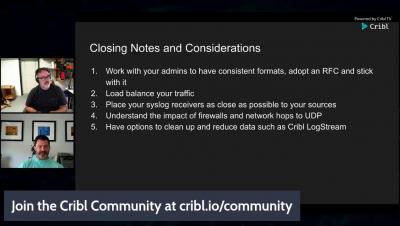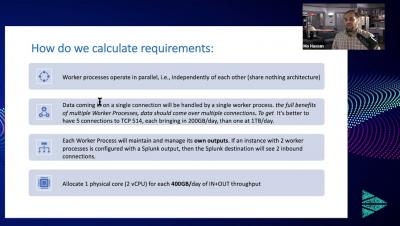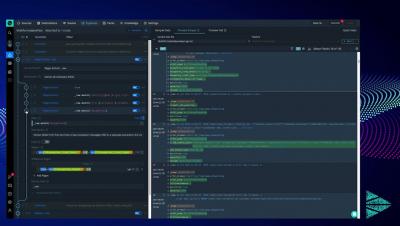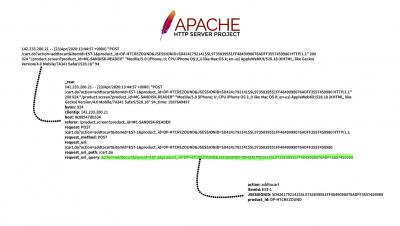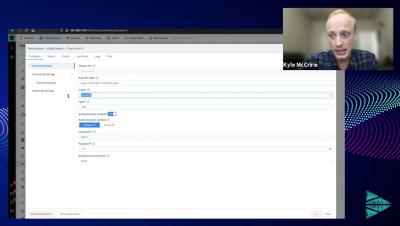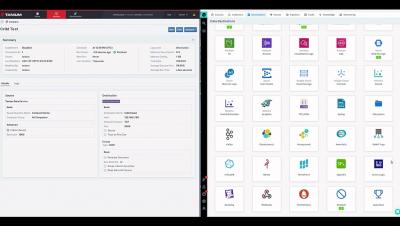How to Make Splunk Run 100x Faster With Cribl LogStream
Enterprises leveraging Splunk for data ingestion and analytics need an observability solution that scales well with their business requirements and provides a cost-effective way to retain data long-term. Cribl LogStream is an essential part of observability, providing a pipeline that works with all tooling, keeps costs down, and scales with any business – making it the perfect complement to Splunk.



